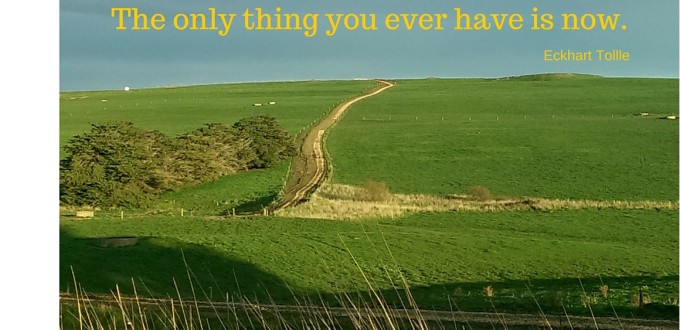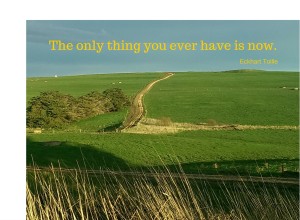We all live on the edge of chaos every time something changes. It does not matter what the change is or when the change occurred. This change can be personal, national, financial, emotional, or psychological. It can be external or internal. When change happens we are forced to move to the edge of chaos to deal with it.
This is particularly true if the situation forcing our change is new to us: divorce, bankruptcy, unanticipated wealth, death of a loved one, business failure, rules change, failed relationships, etc.
Living on the edge of chaos is where all great ideas happen and real change (personal, professional, interpersonal) occurs. This is what we need to learn to deal with and manage so that it does not destroy us, force us into fear based decisions or make us complacent.
Living on the edge of chaos forces us to think differently to solve a problem. Living on the edge of chaos forces us to make painful choices, to think differently about a situation, to solicit new inputs, and take new actions to fully experience the pain this change has caused.
Living on the edge of chaos, for this change to be effective, requires that we take in information that may not have been important in the past. It requires that we take ownership of the situation, for in total ownership we are empowered to take the action required. If we do not own something we cannot effectively change it.
Living on the edge of chaos requires that we think about the situation from a more global perspective. It requires us to see things as they are, not as we want them to be. It requires us to understand the impact of our actions on others. It requires us to make informed, responsible and deliberate choices.
Out of chaos we are able to create a new higher sense of order that allows us to be flexible enough to better deal with the problems of being human. Interestingly though, we are totally “in control” only went we are totally okay with whatever happens. We develop a sense of trust, not such that everything will be magically alright, but a trust that we will handle whatever happens in the best way that our resources will allow. We watch with awareness the chaos arising without judging ourselves. It does require us to note our actions and learn from our observations how we can act more faithfully from now on by being accepting of ourselves and being fair and objective. It’s a “tough love” approach.
Network Chiropractic Care can offer support for a life on the edge of chaos. As we further develop in the levels of Network Care, in association with other positive actions such as observing our eating habits or changing our levels of physical activity or increasing community involvement or focusing on our relationships and our spiritual practices, we begin to find living at the edge of chaos is really interesting. In fact we welcome the chaos because we know that by accepting its challenge we become more able to contribute to the world.
A commitment to Network Care can enable us to become more resourceful and therefore break through chaos and into a new way of feeling, thinking and acting. Network care can also enkindle the creation of the chaos necessary for change. More importantly however, it can be the facilitator for moving beyond the chaos.
Adapted from “Living on the Edge of Chaos” by Ron Finklestein
More Chaos
To learn more about the chaos we experience, click on the link to this article: I Love Chaos Bill Harris . While the article is quite long, it’s well worth the read if you are interested in this subject. Bill Harris is the director of Centerpointe Research Institute the producers of Holosync audio meditation programs. I have used these programs for about 6 years and have found them to be very powerful.
Bill writes a blog which has many interesting articles written in his conversational style. Some of his more recent posts are more about political and financial topics, I find some of his most interesting posts are the earlier ones about the stages of development humans go through. You can access these by clicking on the month and year of the post on Archives section of his blog page.



